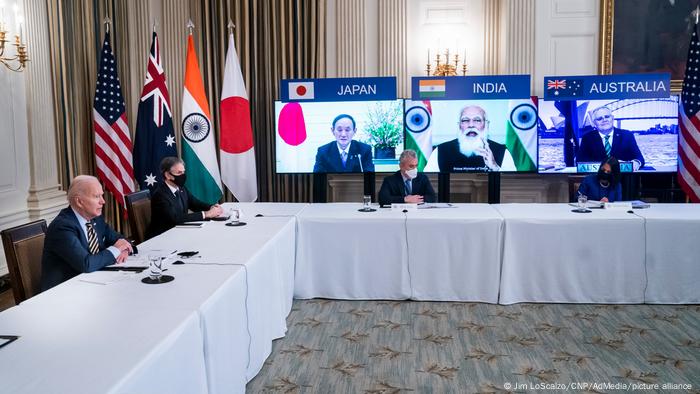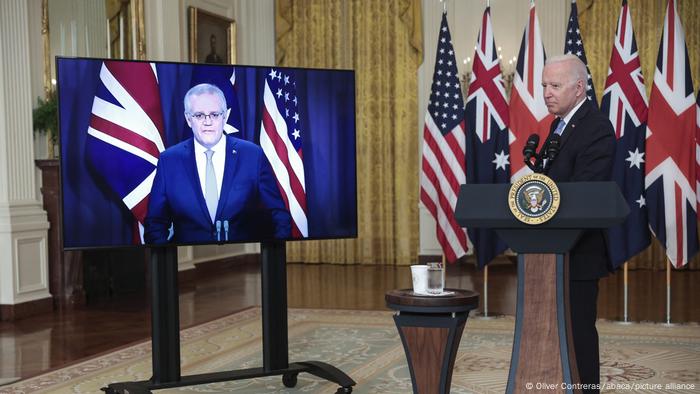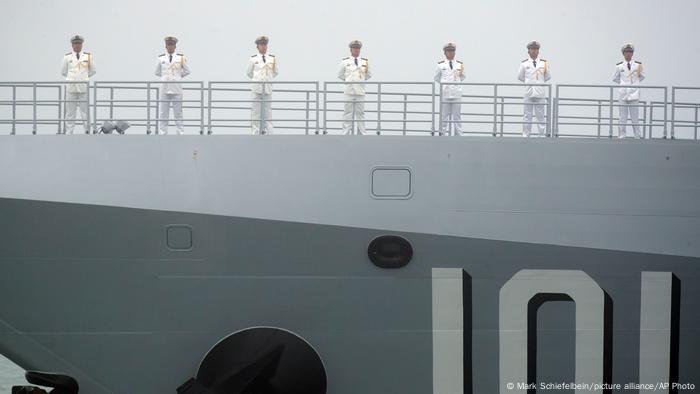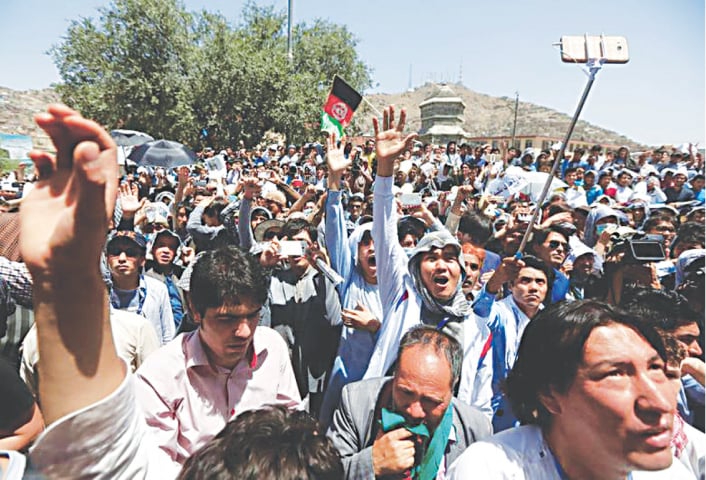Reuters | September 23, 2021
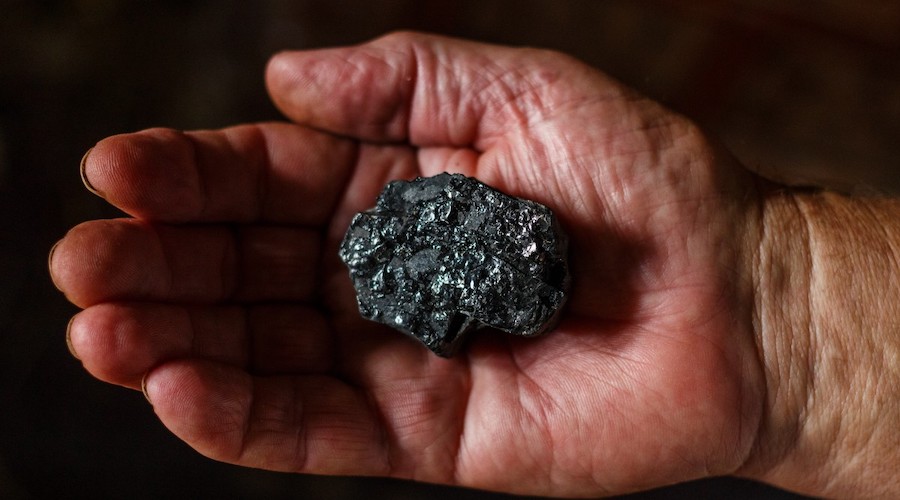
Coal. (Image from Pxhere, CC0)
(The opinions expressed here are those of the author, Clyde Russell, a columnist for Reuters.)

President Xi Jinping’s promise to end China’s financing of overseas coal-fired power plants was broadly welcomed by environmentalists, but the move should be seen as a first step rather than a major effort to mitigate climate change.
The Chinese leader used an address at the United Nations to state his country, the largest emitter of gases associated with climate change, would halt financing of coal-fired projects and boost help to developing countries to switch to cleaner renewable energy.
Given China is the largest financier of such projects, and an earlier commitment from Japan and South Korea to exit coal power projects, the move does call into question the viability of a large chunk of the world’s planned coal-fired plants.
Global Energy Monitor (GEM), a U.S.-based group that tracks coal power globally, told Reuters that 44 coal plants slated for an estimated $50 billion in Chinese financing could be impacted by the decision.

The pro-renewables think tank, Institute for Energy Economics and Financial Analysis (IEEFA), said a review of coal power proposals in countries with significant project pipelines indicates 56% of the total capacity is being supported by China.
Among countries with large Chinese support for coal power projects are Indonesia, where about 54% of the 18 gigawatts (GW) of planned plants have Chinese backing, and Bangladesh, where 88% of about 10 GW are supported by Beijing.
It’s worth noting that several of these planned projects were already in difficulty prior to Xi’s announcement, with high costs relative to competing renewable technologies and battery storage, climate change concerns and domestic opposition to rising air pollution.
A massive rally in seaborne thermal coal prices to near all-time highs, and a similar spike in rival fossil fuel liquefied natural gas (LNG), will also undermine the case for coal-fired projects based on imported supplies, given the ever-present risk of price volatility, especially as the world transitions to cleaner energy.
Thus it is likely Xi’s commitment has sounded the death knell for many outstanding projects around the world because alternative financing outside of direct government support will be hard to find.
China’s own plants key
The question then becomes whether this is enough to make much difference to the outlook for coal-fired power.
If all the planned projects with Chinese backing are cancelled, this would remove about 50 GW from the coal-fired pipeline.
According to GEM data there are 296.66 GW of coal projects in the announced, pre-permitted and permitted phases globally, so the Chinese-financed total amounts to about one-sixth of these. And more than half of them, or about 163 GW, are inside China itself.
Of countries that aren’t reliant on Chinese financing, only India has a significant pipeline of coal plants, with 20.7 GW in the announced, pre-permitted and permitted stages.
What the numbers show then is that if Xi really wanted to make a difference to the pipeline of coal-fired power plants, he has far more to do at home that he has internationally.

China has 96.68 GW of coal-fired generation under construction, more than half the global total, and has 1,047 GW operating, which is almost exactly half of the world’s capacity.
China’s operating coal fleet is also roughly four times bigger than the fleets of either of the next two biggest coal-reliant countries, India with 233 GW and the United States with 232.8 GW.
U.S. coal generation is likely to continue its rapid de-commissioning in coming years, especially considering the decarbonisation commitment of President Joe Biden.
There is also a question over Indian coal-fired power given many of the existing power plants can’t compete economically with renewables. Recent history has shown that coal is the first to exit the system in periods of soft power demand.
Overall, China’s announcement that it will stop funding coal power projects overseas is a positive development in mitigating climate change. The real game-changer, though, would be a commitment to ending its pipeline of domestic coal-fired plants.
(Editing by Tom Hogue)
China energy body urges support for coal, oil firms to build clean power
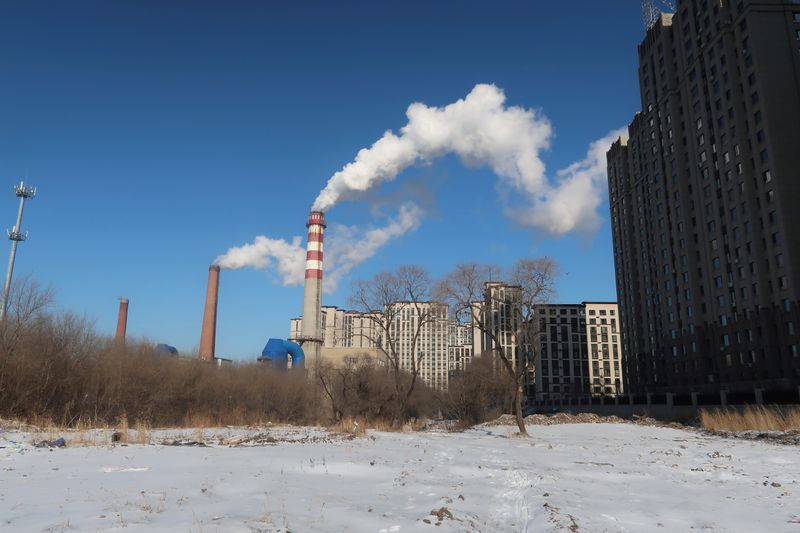
BEIJING (Reuters) - China's National Energy Administration (NEA) on Friday proposed providing support for coal and oil companies to build solar power and other clean energy generation projects with their current resources.
In a draft set of guidelines on deeper reform of the energy business environment, the NEA called for the promotion of integrated natural gas power and renewable energy projects, as well as coordinated development of fossil and renewable energy.
President Xi Jinping this week said China would stop building new coal-fired power stations overseas in Beijing's latest climate pledge, but the fossil fuel still accounts for the bulk of China's domestic energy consumption.
The NEA also advocated improvements in the long-term contract mechanism between energy companies and major energy users in order to ensure stable supply, without specifying what should be done.
The energy regulator said filing procedures for new energy projects should be simplified to promote the low-carbon transition.
"Power supply companies should strengthen power quality management... effectively reduce the time, frequency and impact of power outages," said the NEA.
The draft was released as companies from metal smelters to fertiliser makers have had to reduce production due to power rationing in several Chinese regions.
It is open to public feedback for 30 days.
(Reporting by Min Zhang and Tom Daly; Editing by Hugh Lawson)
"Consigning coal to history is crucial to avoiding catastrophic climate change."
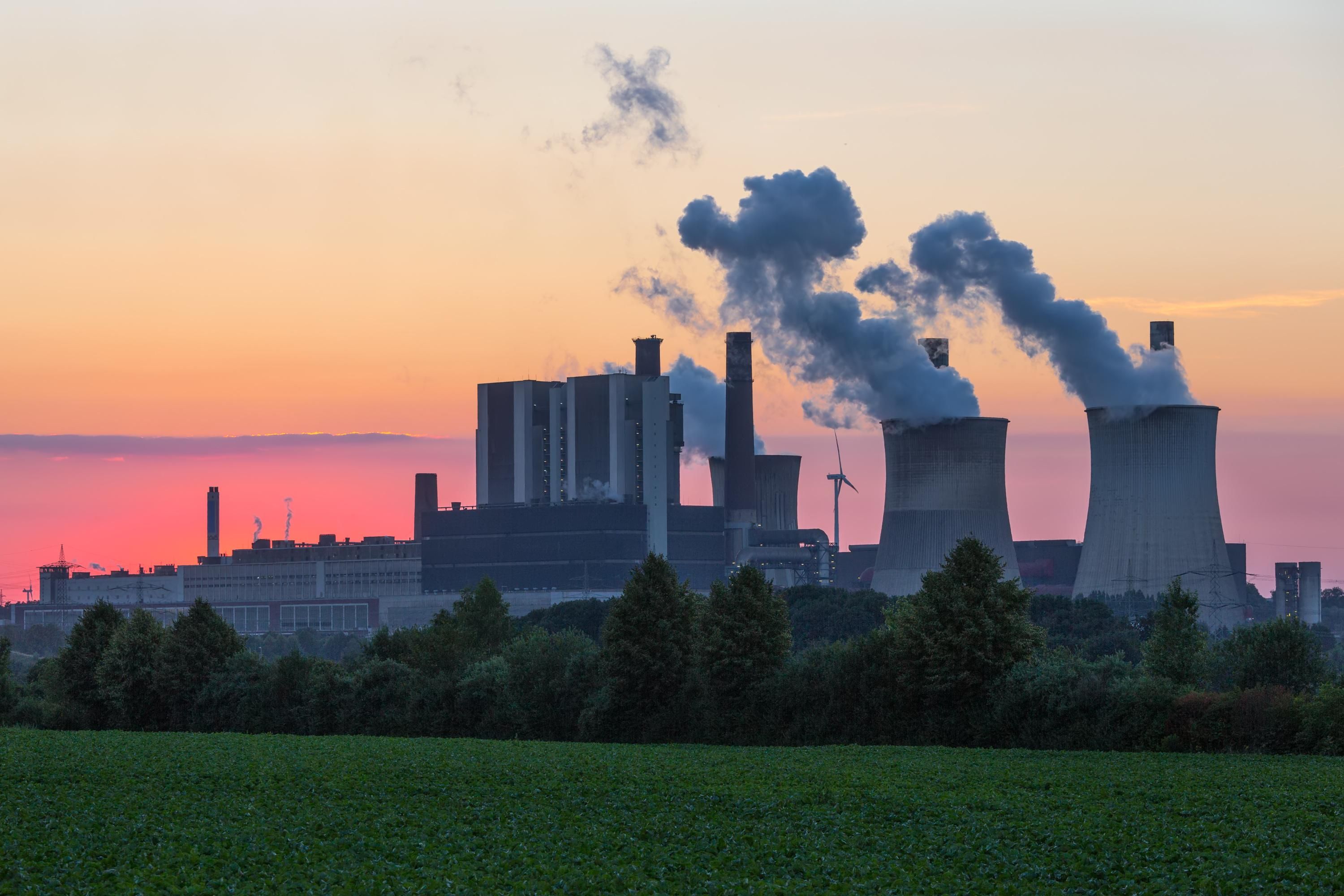
Seven countries on Friday pledged they would cease building new coal power plants.
JULIA CONLEY
Just two days after Chinese President Xi Jinping announced the world's largest coal producer would stop funding overseas coal projects, seven countries on Friday pledged they would also cease building new coal power plants—the latest sign one of the world's dirtiest energy sources is on its way out.
"I call on more countries to come forward and sign up to this compact ahead of COP26, and play their part to limit global warming and keep 1.5 degrees alive."
—Alok Sharma, COP26
Chile, Denmark, France, Germany, Montenegro, Sri Lanka, and the U.K. signed the No New Coal agreement at the U.N. High-level Dialogue on Energy in New York, where officials this week aimed to gather more support for the pact at the U.N. Climate Change Conference (COP26) in November.
“Development of new coal-fired power plants must stop this year to achieve net zero emissions by 2050," said Dan Jørgensen, the Danish Minister of Climate, Energy and Utilities, in a statement. "That is why I am thrilled that we stand together with fellow ambitious countries with the aim to end construction of new coal-fired power plants. This energy compact is an important step on the way for a complete phase-out of coal power and consigning coal power to history at COP26. I encourage all governments to join this very important initiative."
According to the International Energy Agency (IEA), all emissions from coal power plants—the world's largest source of carbon emissions—must be eliminated by 2040 in order to keep the heating of the planet below 1.5C.
The No New Coal agreement requires countries to immediately stop approving permits and end new construction of "unabated coal-fired power generation projects by the end of the year," according to Bloomberg.
Noting that the seven countries signed on to the pact following Xi's announcement—which is expected to eliminate 40 gigawatts of new coal power and avoid as much as 235 million tons of carbon emissions—the climate action group 350.org said the agreement is a clear sign that "coal is dead."
"China’s decision is pretty much the end of public financing for coal,” Chris Littlecott, associate director of fossil-fuel transition at climate think tank E3G, told Bloomberg.
The No New Coal agreement comes four years after more than 40 countries signed onto the Powering Past Coal Alliance, which requires a commitment to phase out existing coal operations as soon as 2030 as well as a pledge to halt construction of new plants.
Alok Sharma, a U.K. lawmakers and president of COP26, applauded the countries' "bold leadership to cancel coal through the No New Coal Power Compact, demonstrating the positive impact that countries working closely together can have in generating climate action," noting that transitioning away from coal and towards renewable energy technology has increasingly been shown to be cost-effective as well as vital for the survival of the planet.
"Consigning coal to history is crucial to avoiding catastrophic climate change," said Sharma. "The cost of clean renewable technologies continues to fall, making coal expensive and uncompetitive. I call on more countries to come forward and sign up to this compact ahead of COP26, and play their part to limit global warming and keep 1.5 degrees alive."
The No New Coal initiative, along with China's announcement, has put countries around the world "on notice," Littlecott said.
"Governments can have confidence in committing to no new coal," Littlecott said. "The No New Coal Power Compact provides a space for them to step forward together."
Our work is licensed under Creative Commons (CC BY-NC-ND 3.0). Feel free to republish and share widely.
Akshat Rathi
Fri, September 24, 2021

UN Launches Pledge to Stop Building New Coal Power Plants
(Bloomberg) -- Seven countries have signed a pledge initiated by the United Nations to stop building new coal power plants, with the aim to gather more signatures before the global climate summit COP26 in Glasgow next month.
The No New Coal agreement is the latest attempt to try and piece together a global phase-out of the dirtiest fossil fuel. UN Secretary General Antonio Guterres wants to end the pipeline of new plants this year, while COP26 President Alok Sharma has said his goal for the summit is to “consign coal to history.” Chile, Denmark, France, Germany, Montenegro, Sri Lanka and the U.K. signed the latest pledge.
“Moving away from coal is not a death knell for industrialization, but rather a much better opportunity for green jobs,” said Damilola Ogunbiyi, chief executive officer of the UN-backed international organization Sustainable Energy for All. That’s “what will drive other countries to join,” she said.
A separate initiative launched in 2017, called the Powering Past Coal Alliance, sets a higher bar. It includes 41 countries that have committed to phasing out existing coal operations as soon as 2030 in many cases, on top of promising not to build new plants. An additional 40 nations outside the alliance don’t have a single coal power plant in the pipeline, according to environmental think tank E3G.
That means more countries were ready to commit to not building new coal plants, but not all were ready to phase out existing operations. The No New Coal pact adds a missing step in the ladder for such nations by allowing them to make an easier pledge in the hope that it will ultimately accelerate the end coal.
In the run up to COP26, a number of such voluntary alliances are being created. Last week, the U.S. and European Union launched the Global Methane Pledge that aims to reduce emissions of the super-warming gas by 30% within a decade. Last month, Denmark and Costa Rica launched the Beyond Oil and Gas Alliance seeks to end the extraction of oil and gas by midcentury.
The patchwork of alliances targeting dirty sources of energy or specific greenhouse gases is a far cry from the systematic, orderly energy transition that the world needs. Rather, it’s an acceptance of the political reality of climate diplomacy that has to accommodate countries’ different stages of development.
Burning coal for electricity generation contributes to about a third of the world’s total carbon-dioxide emissions. With cleaner sources of power, such as solar and wind, becoming cheaper to build and operate, the case for ending coal keeps getting stronger. All emissions from coal power plants should end by 2040 if the world is to keep warming below 1.5 degrees Celsius, according to the International Energy Agency.
That’s a deadline Chile plans to meet. “We have an ambitious phase-out plan for all coal power plants,” said Juan Carlos Jobet Eluchans, the country’s minster of energy.
The No New Coal pact got a boost before its launch, with President Xi Jinping telling the UN general assembly this week that China will stop building coal power plants abroad. He didn’t provide details, but the announcement could mean an end to about 40 gigawatts of new coal power plants. That would avoid as much as 235 million tons of emissions, according to Global Energy Monitor. Xi’s pledge came after similar commitments from the only other remaining major financiers of overseas coal power plants — Japan and South Korea — earlier in the year.
“China’s decision is pretty much the end of public financing for coal,” said Chris Littlecott, associate director of fossil-fuel transition at E3G. “Private investors now face all of the risks of investing in coal on their own.”
The pipeline of new coal power plants has collapsed globally over the past decade. Since 2015, the world has canceled 1,175 GW of coal power plants—about the same size as China’s existing coal fleet, according to E3G—and thus avoided billions of tons of carbon dioxide that would have been dumped annually.
The No New Coal pact is a big step for some signatories. “Sri Lanka has been debating whether to build new coal plants for a few years,” said Christine Shearer of Global Energy Monitor, which tracks coal power plants globally. “If countries like Pakistan and Malaysia join, then we can really start to see the end of new coal plants.”
Still, there won’t be a significant reduction unless China, which is home to more than half of the world’s pipeline of new coal power plants, stops using the fuel. Xi didn’t address the domestic issue in his remarks to the UN.
The devil will be in the details, but ending investments in overseas coal shows Beijing takes the climate crisis seriously

Fri 24 Sep 2021
“China will step up support for other developing countries in developing green and low-carbon energy,” said China’s president, Xi Jinping, at the United Nations on Tuesday, “and will not build new coal-fired power projects abroad.”
It was a short, ambiguous and not entirely unexpected sentence, but it came at a critical moment. UN-led climate talks in November at Cop26 in Glasgow will represent the first opportunity since the signing of the 2015 UN Paris agreement for countries to ratchet up the commitments in their pledges, known as nationally determined contributions (NDCs). Countries need to increase their NDC ambitions by five times if the world is to reach the goal of not warming by more than 1.5C above pre-industrial levels. Xi’s announcement, which effectively amounts to the end of international public financing for coal power, seems to match the ambition necessary for this moment.
The pledge speaks to a major fault line in the pre-Cop26 debates. China’s belt and road initiative – the grand plan to enhance trade and connectivity across much of the developing world, creating foreign markets for Chinese industrial overcapacity – was heavily weighted towards high-carbon infrastructure. On the presidential campaign trail last year, Joe Biden made sure to point this out. “China … and their belt and road proposal,” he said, “they’re taking the dirtiest coal in the world mostly out of Mongolia and spreading it all around the world.”
So, what does Xi’s statement mean? The announcement fell on the first anniversary of China’s pledge to make the economy climate neutral by 2060, either by eliminating greenhouse gas emissions entirely or balancing them with carbon removal. He also announced it unilaterally, at the UN general assembly, and thus tied it irrevocably to his personal political legacy. But questions remain: how will this coal phase-out be implemented? What is the fate of coal power projects that are already planned or under construction? What is the scope of the word “build”? Does it include an end to international financing for coal, too? What about Chinese labour or engineering on a domestic project? Does it cover private companies, or only state-owned enterprises and banks?
In the absence of clear answers, we might look to the effect of the 2060 announcement, a year ago. In short: it was huge (Climate Action Tracker found that the pledge alone lowered global warming projections by 0.2–0.3C, the largest single projected change it has recorded), and it did matter. Policies and sectoral roadmaps have been fleshed out in the intervening year. Slogans (“1+N”; “30-60”), which are an important part of Chinese governance, were set. And China’s vice premier, Han Zheng – also in charge of a fearsome central inspection team, with authority to swoop in and censure bodies that step out of line – took the helm of a climate “leaders group” overseeing the net-zero goal.
Progress hasn’t been straightforward: China’s system isn’t smoothly technocratic, and there is a push and pull between core and periphery, incumbent and challenger industries. Things could be moving faster – particularly when it comes to phasing out China’s domestic coal fleet. China’s 14th Five Year Plan, for 2021-2025, will reduce the carbon and energy emitted per unit of economic output, and increase the share of renewables in its energy mix, but it does not commit the country to a carbon emissions or coal usage cap, as domestic environmentalists had hoped for. Its 2030 carbon “peak year” is relatively easy to achieve, and while China is known to “under-promise and over-deliver” on climate goals, the lack of ambition in domestic decarbonisation in the near term is a signal that the country is hedging things, in part due to an uncertain economic environment.
Yet this week’s announcement suggests, importantly, that China is willing to stay the course on climate diplomacy, despite rising geopolitical tensions, particularly with the US. The two economies together account for about 40% of global emissions and were, before the election of Donald Trump, a linchpin of climate cooperation. While foreign policy observers like to characterise China’s engagement on climate change as a “point of leverage” to force concessions in other arenas, Tuesday’s pledge shows that it is willing to move forward with decarbonisation unilaterally. In other words, high tensions with the US, which have continued with the Biden administration, do not appear to have weakened Beijing’s climate resolve.
China’s climate action ultimately reflect its self-interest. Political elites are aware of the country’s vulnerabilities with regards to global heating – its impacts on food and water security, and in chronic environmental stresses and natural disasters, as seen tragically this summer in Zhengzhou. Policymakers also recognise that climate action aligns with domestic economic priorities. China’s low-carbon industrial policy has positioned the country as the leading global supplier of clean technologies; the country has strengthened its energy security through electrification and decarbonisation; and it has used the shift away from polluting industries to move the economy “up the value chain” – towards innovation and services.
In the process, it has scored a soft-power win on the world stage, and at relatively low cost: the short-term pain may have industry insiders grumbling, but the economics of energy point towards renewables. China, at this point, is the last man standing on coal finance. Since 2013, China, Japan and South Korea provided 95% of that financing, with China the largest share, supplying $50bn, accounting for about 56GW of installed capacity. Japan and South Korea withdrew their support at the US-hosted Climate Leaders Summit in April.
So, perhaps it is low-hanging fruit, and China could start reaching higher up the tree. But we shouldn’t forget the other part of Xi’s sentence – his focus on supplying “green and low-carbon energy” for developing nations. This certainly won’t go unnoticed in the global south, where support from Europe and North America has been left wanting in recent years. The $100bn in climate finance promised for developing countries by rich nations at Paris has not materialised; access to vaccines continues, rightly, to be a point of tension; and countries are being implored to do more to address “loss and damage” – measures, such as compensation, required when vulnerable nations face devastating climate risks and adaptation is no longer possible.
There’s a lot of that fruit going unpicked. Another positive consequence of Xi’s announcement, therefore, would be if rich countries took it as a stimulus to start properly demonstrating their solidarity with the people in the world most badly affected by the climate crisis.


